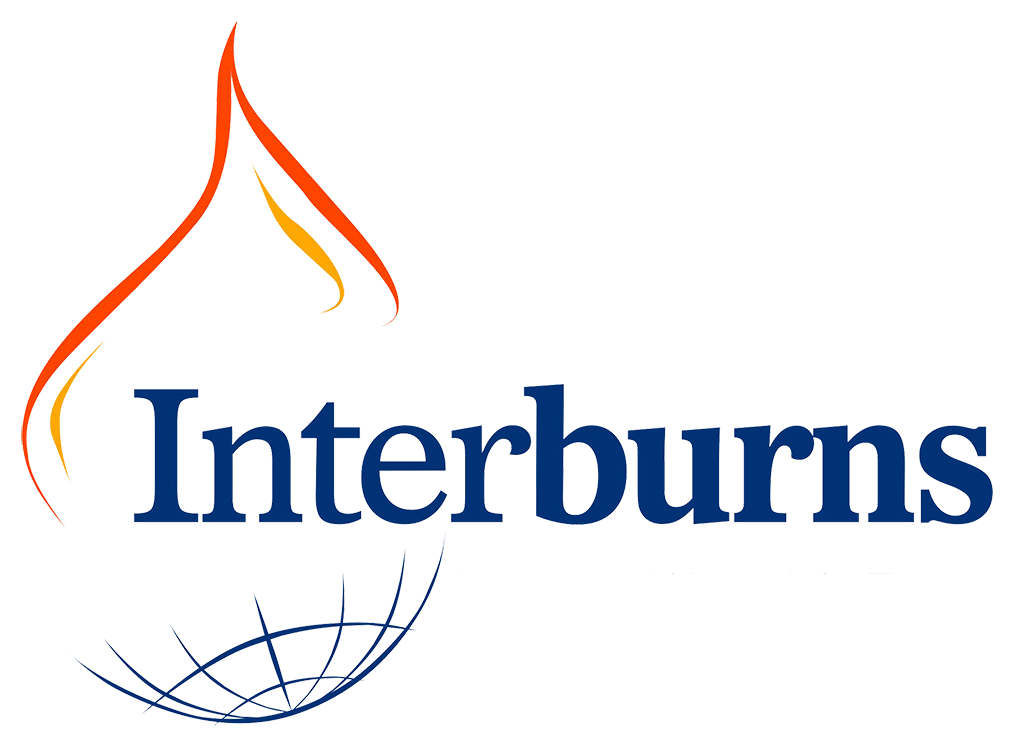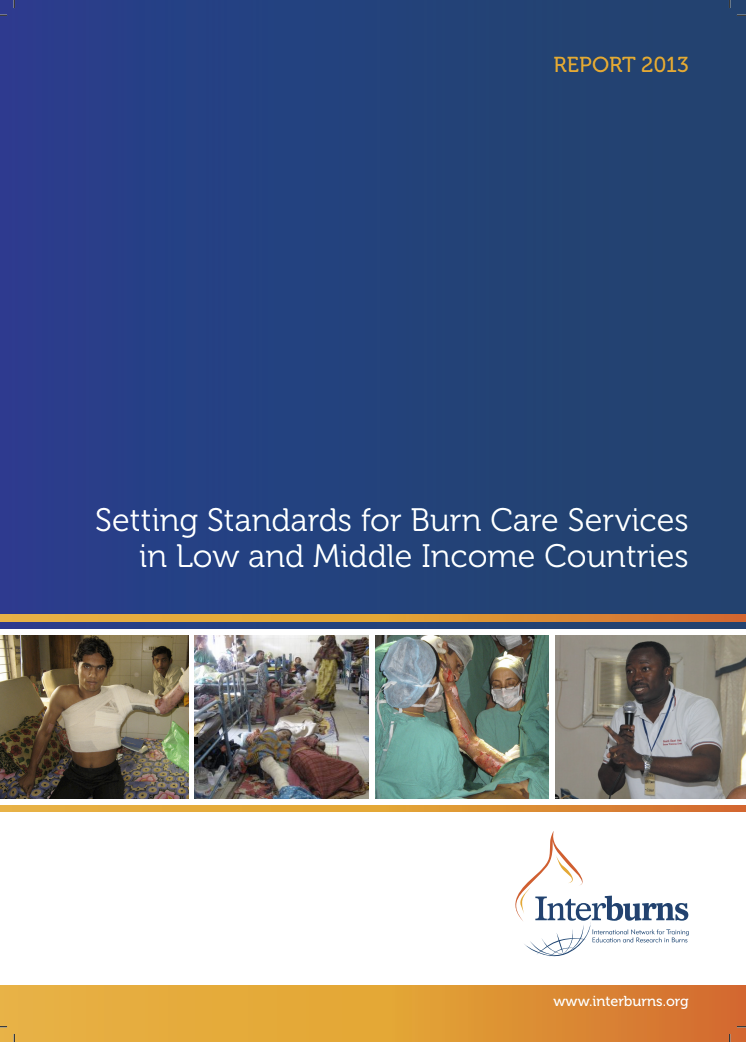Setting standards
Operational Standards for Burn Services in Low and Middle-Income Countries lay the basis for Interburns comprehensive approach.
Developed by burn professionals living and working in resource-poor settings, they set out realistic levels of human and physical resources that burn units in low resource settings can achieve.
The Standards are practical guidelines for management and staff to improve outcomes for patients at three levels: Basic; Intermediate and Advanced.
The WHO says the Standards ‘are an important stepping stone towards improving the health systems to which the vast majority of the world’s burn patients present for care, as well as an important contribution to the overall public health challenge of preventing burns worldwide.’
Download a colour poster of the Standards here
“Interburns is the best organisation in the world…for improving burn care where it is needed most.”
Self assessment
The DAT
The Delivery Assessment Tool (DAT) helps burn teams self assess their service against the Standards, to understand strengths and weaknesses and prioritise areas for improvement. As an annual process, the DAT guides targeted quality improvement initiatives that can be measured over time.
The DAT covers surgical and nursing capacity, prevention, rehabilitation, psychosocial support, outpatient services, nutrition, data management and research. Each service area is broken down into sub-service areas, weighted for relative importance to the delivery of good quality burn care.
A DAT toolkit is available at www.DAT4Burns.org. The toolkit contains a timeline, a DAT Facilitator Guide and a DAT Notetaker Guide for the team to refer to before and during the group discussion.
Since 2012, the DAT has been used and improved in over 30 hospitals in 8 countries, helping to demonstrate improvement in multiple areas of treatment and service delivery.
“I applied the learning to every patient journey. It has helped prevent contractures and deformity..patients can go home with fully functional body movement.”
Consultancy
Supporting national strategy development.
Interburns has carried out evaluations of burn services to support planning.
In February 2019, Interburns evaluated regional burn services in Iraq for MSF Suisse working in West Mosul and Sinjar Province. The harsh winter climate, combined with poor infrastructure, irregular power supplies, displaced people and ongoing insecurity issues contributed to a significant number of burn injuries being seen on a regular basis.
In 2018 and 2019 Interburns was invited through Resurge (Africa) to assess burn services in Sierra Leone following damage to the health system from a lengthy civil war and the Ebola outbreak. The team provided a detailed framework for capacity building in basic, intermediate and advanced level burn services, as well as prevention, acute care, reconstruction and rehabilitation.
WHO Technical Working Group recommendations on burns care in mass casualty incidents.
Mass casualty burn incidents occur frequently in low resource settings and there is a wide variety in the capacity to respond. There has been improved professionalisation and standardisation of care for disaster affected communities, led by the WHO Emergency Medical Team (EMT) initiative, but mass casualty incidents (MCIs) resulting in burn injuries present unique challenges and require specialist skills, expert knowledge, and timely availability of resources.
Some high-income countries have well-established disaster management plans, including burn specific plans, but many do not. Developing globally relevant recommendations is a first step in addressing this deficit and increasing preparedness to deal with such disasters.
Interburns co-chaired the WHO Technical Working Group to define and agree recommendations for burn care in MCIs. 21 recommendations provide a framework to guide national and international specialist burn teams and health facilities to support delivery of safe care and improved outcomes to burn patients in mass casualty incidents. The recommendations were adopted in 2025.
Read a published article here.






